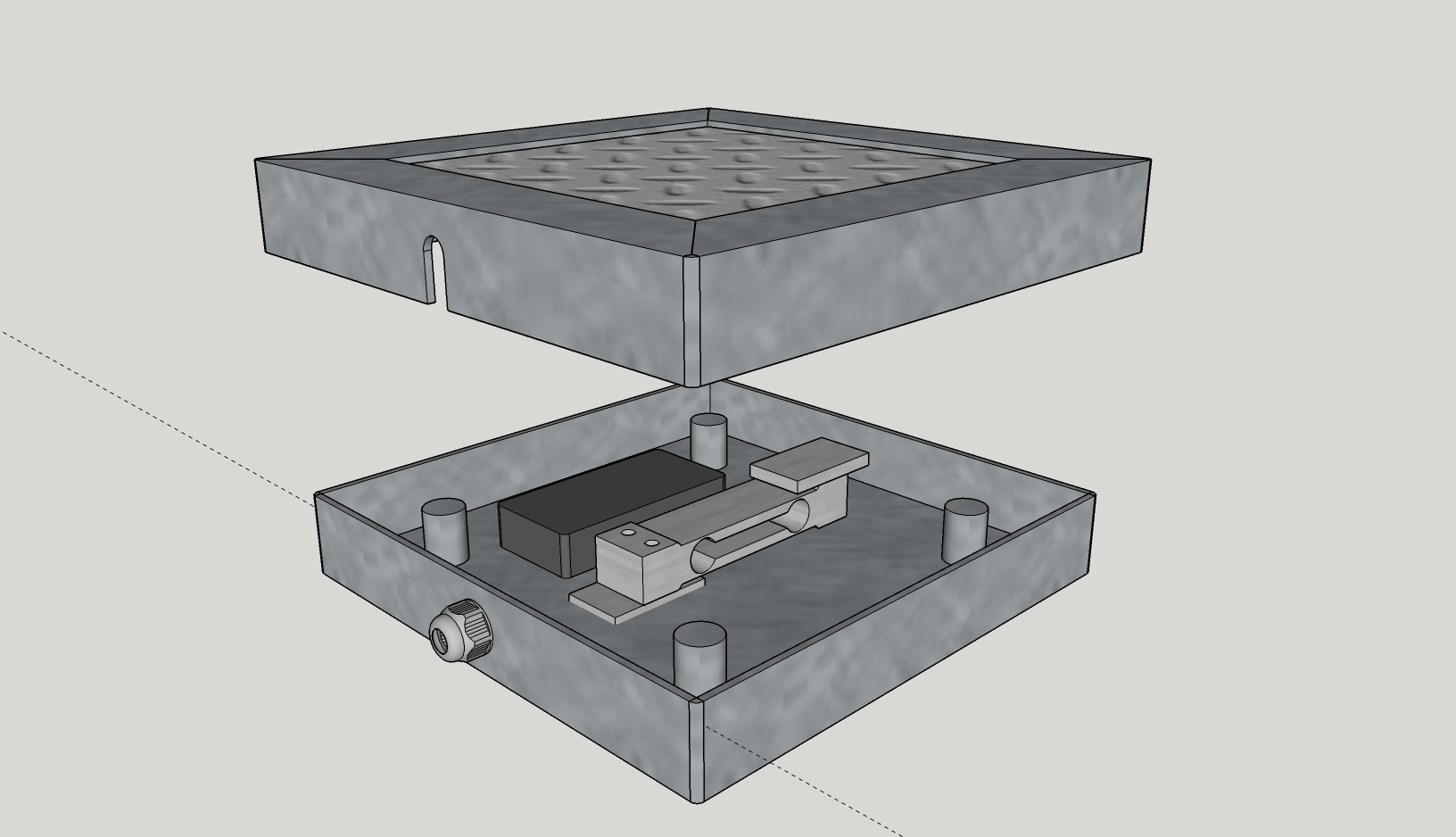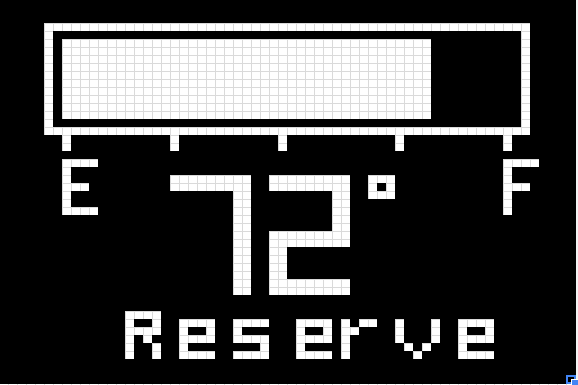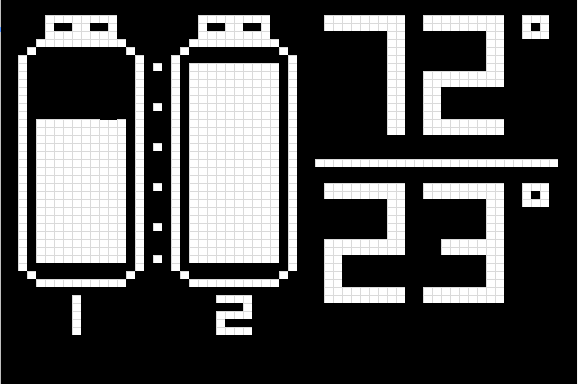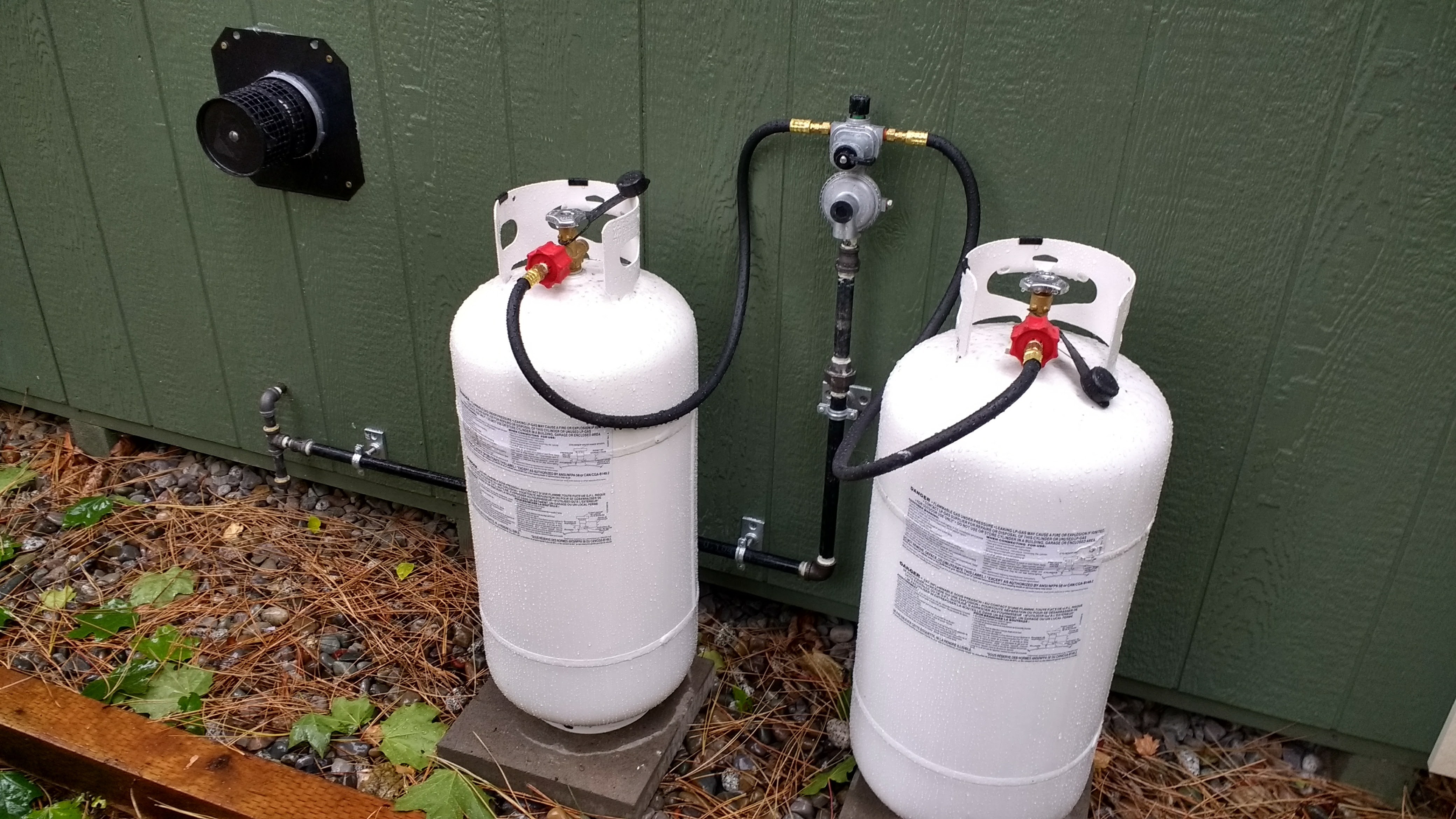-
What about the scales?
11/07/2017 at 01:58 • 0 commentsYeah, right - the scales themselves are pretty much the business end of this. Here's what I've got so far, in Sketchup:

These things are going to be out in the weather with about 70 pounds sitting on them, so they need to be stout and weather resistant. I'm welding the upper and lower frames from 1.5"x1/8" angle iron and filling in the space with sheet steel - I show it as diamond plate, but it'll probably be just plain sheet steel, like 18-ga. The load cell will be anchored to the base with sturdy bolts, and the live end will support the top. There are four posts on the inside of the base that stick up into four tubes on the underside of the top to act as guides. The base also will have a small plastic case for the HX711 amp.
I'm going to try to provide a weather seal of some sort between the top and the bottom. The whole thing will get at least a good couple of coats of paint, or I might have it powder coated. We'll see where the budget takes us.
I'll probably start knocking these together in December - I've got some vacation time that I've got to take or I lose it, darn the luck.
-
Starting to think about the code
11/07/2017 at 01:36 • 0 commentsI've close to done with prototyping the electronics. I've got the Wemos connected to the pair of HX711 amps, and each amp has a load cell connected. Built a simple demo app to start up a simple web server to display pull requests for weights. Works a treat, although I didn't bother optimizing the code or even calibrating the load cells. That can wait.
Now I'm thinking about what the UI will look like. At first I thought I might do this as a Blynk app, but they want money to do anything interesting, and do I really want to pull my phone out every time I want to know how much fuel I have left? Practically speaking, the best UI would be a local display to quickly see how much fuel is left, plus a simple web interface to display the same info and perhaps allow access to logging data. I'd also build in some kind of alerting - email or text. That can be configured in the web interface.
So what does the display in the shack look like? Well, I have a little 64x48 OLED screen, and that seems like enough space to show what I need. I decided to mock up the graphics using Google Sheets, making each cell 8x8. Here's my first attempt:
I was going for a gas gauge paradigm, which I liked, and a display for the indoor temperature. The lower line would tell me which tank's level is displayed, main or reserve. I figure I'm going to need a button to indicate when a tank is refilled anyway, so it could do double duty to toggle displays.
But I wasn't 100% in love with it, so I retooled it:
I really like the tank icons, and having both on the screen at once is nice. There's room for outdoor temperature as well, if I want to implement that. Much slicker, IMHO, although I have to tune up centering and spacing. OCD much? And sorry metric fanboiz - we loves us some Fahrenheit around here. Not going to program this to switch to Celsius - just no need.
Since the display is monochrome, I might want to have a way to call attention to a low tank. I might start blinking the bar when it gets below 20%, and maybe sound a buzzer when it gets to 5%. I'll still need a button to mark a tank as refilled so I can use that to silence the alarm. The refill menu can be accessed through a long press of the button, then it'll just toggle through simple text options, like "Refill 1?" and "Refill 2?" Pressing the button again resets the bar to 100%.
Taring the scales really should be necessary. The empty tanks are a known weight (about 40 pounds), so that value can be hard-coded into the program as zero. If the load cells drift a bit, or if I get 16 pounds of propane in the tank rather than the 17 it's supposed to hold, big whoop. It shouldn't matter that much.
I'm going to start mocking the indoor display up in code soon, so I can get used to the using the SparkFun OLED library. They have primitives like lines, rectangles, circles, and filled shapes, plus three or four different fonts. Some of this will have to be setting individual pixels, though. Oughta be fun.
Time to start a Github page on this I think.
-
Prototyping the electronics
11/02/2017 at 17:48 • 0 commentsI've been accumulating materials for this project, and now that it's November, I'm out of the end-of-month rush for Hackaday writing and can actually devote a few cycles to this build.
The time-consuming part will be the metalwork for the scale bases, so I thought I'd concentrate on prototyping the electronics and building the code first, mainly because my garage is a mess and I can do the other stuff in my office.
The basic components will be:
- Two 50-kg load cells
- Two HX711 load cell amps
- A Wemos D1 mini
Each scale will have a load cell and an HX711 board -- I want to keep the connection between the load cell and amp as short as possible. Each scale will be wired into a junction box mounted on the outside wall of my shop. I'm debating whether I should put the Wemos inside or outside -- probably inside. The only reason I can think of to mount it outside is to add a DHT11 shield for outdoor temperature measurements. But that means the outdoor junction box would have to be vented, and I think I'd rather have that waterproof.
-
Installing the heater, project overview
10/27/2017 at 18:47 • 0 commentsThe first job was to get the heater and gas supply installed. Aside from cutting 9" diameter holes in the interior and exterior walls of my shack without hitting any studs, this went smoothly. Running the gas line was not quite so smooth -- many trips back in forth to Lowe's and any plumbing supply store I thought might have 3/8" black iron pipe. Pro-tip: use the much easier to find 1/2" pipe and neck it down with reducers or bushings.
Not a bad looking job if I do say so:

I would have been a bit more comfortable getting the tanks a little further away from the heater exhaust, but it's OK the way it is. And before anyone starts with "that's not code!", I know. But this is North Idaho. It's OK.
The regulator between the two tanks is a switchover regulator. One one tank goes empty, I can switch to the other tank and run off that until I get a chance to get the first tank refilled. I suppose switchover could be automated too, but that's probably overkill.
When this is done, the tanks will sit up on separate scale platforms. Each scale will have a load cell and amplifier and be wired into a box with a Wemos D1 Mini. I haven't decided if I want the Wemos inside the shack or outside yet. Probably inside.
Propane and IoT Propane Accessories
I want to keep track of how much propane I use to heat my shack. So I'm building an IoT scale to keep track of the weight of my tanks.
 Dan Maloney
Dan Maloney


